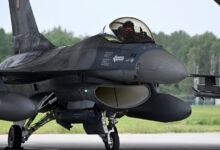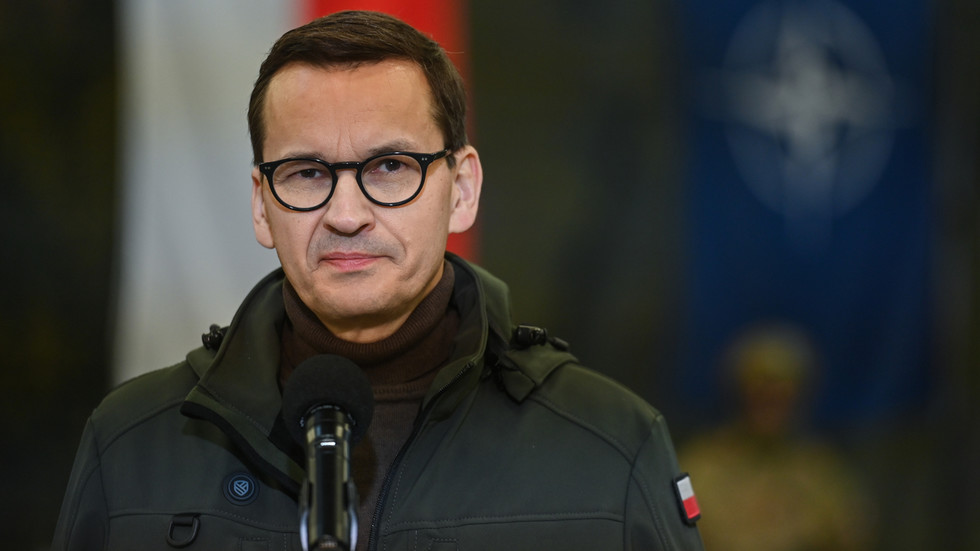
The ambitions of individual NATO members only bring the world closer to a nuclear catastrophe

Scott Ritter is a former US Marine Corps intelligence officer and author of ‘Disarmament in the Time of Perestroika: Arms Control and the End of the Soviet Union.’ He served in the Soviet Union as an inspector implementing the INF Treaty, in General Schwarzkopf’s staff during the Gulf War, and from 1991-1998 as a UN weapons inspector.
Scott Ritter is a former US Marine Corps intelligence officer and author of ‘Disarmament in the Time of Perestroika: Arms Control and the End of the Soviet Union.’ He served in the Soviet Union as an inspector implementing the INF Treaty, in General Schwarzkopf’s staff during the Gulf War, and from 1991-1998 as a UN weapons inspector.
@RealScottRitter@ScottRitter
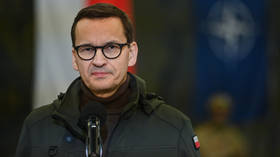
Polish Prime Minister Mateusz Morawiecki. © Artur Widak/NurPhoto via Getty Images
The North Atlantic Treaty Organization (NATO) has wrapped up its two-day summit in Vilnius, Lithuania. While issues of NATO expansion (Turkey’s unexpected about-face which opened the door to increased NATO membership) and the ongoing conflict in Ukraine dominated the headlines, when it came to the one topic with inherent existential consequences – the request by Poland that it enter a nuclear-arms-sharing arrangement with the US that would see Washington’s B61 nuclear bombs deployed on Polish soil – NATO remained silent.
According to the request from the government of Prime Minister Mateus Morawiecki, these weapons would be turned over to specially trained Polish air-force crews for use in any future NATO conflict with Russia. Left unsaid is the reality that any conflict which had Poland delivering nuclear weapons against a Russian target would almost immediately escalate into a general nuclear exchange between the United States and Russia, inevitably resulting in the destruction of most if not all of humanity. The Polish request was prompted by the recent Russian decision to deploy tactical nuclear weapons in Belarus, where they will be married up with SU-25 aircraft and Iskander-M missiles operated by specially trained Belarusian crews. The Russia-Belarus nuclear sharing arrangement is part of an overall reassessment by Russia of its nuclear posture in the face of a strategy embarked-on by the United States and NATO that seeks a strategic defeat of Russia in Ukraine.
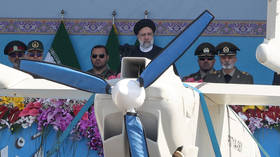
Read more
The Russia-Belarus nuclear sharing agreement closely parallels a similar arrangement between the US and NATO, where about a hundred B-61 nuclear bombs are stationed on the soil of four NATO nations, where they will be shared with the air forces of five NATO nations (Turkey, Belgium, the Netherlands, Italy, and Germany) in a time of war. The decision to deploy nuclear weapons on Belarusian soil, and to have Belarusian military assets prepared to employ them in a time a war, is indicative of the close relationship that has emerged between Moscow and Minsk in the aftermath of domestic unrest in Belarus following the 2020 Presidential election which saw the incumbent, Alexander Lukashenko, win a sixth term in office. The Russia-Ukraine conflict has only drawn the two nations closer.
Morawiecki’s request isn’t the first time the issue of US nuclear weapons on Polish soil has arisen. In 2020 Richard Grenell, then-US ambassador to Germany, and Georgette Mosbacher, then-US ambassador to Poland, engaged in a Twitter exchange prompted by German hesitancy to continue its participation in the NATO nuclear sharing arrangement that saw 20 B-61 bombs deployed on German soil. Berlin’s aging fleet of Tornado fighter bombers was due to retire in the coming years, and German parliamentarians were balking at the projected expense of replacing them with new US-manufactured fighters. Ultimately Germany agreed to purchase 35 of the F-35A aircraft, at a cost of $8.4 billion. Germany will begin training on the aircraft in 2026 with an eye on having the first F-35A fighters operational by 2028.

Read more
The issue of Poland joining NATO’s nuclear sharing arrangement resurfaced in October 2022 when Polish President Andrzej Duda, alarmed by the conflict between Russia and Ukraine, publicly appealed for the US to station B-61 nuclear bombs on Polish soil. This request, however, failed to gain any traction in either the US or NATO. Duda’s request, however, was not beyond the pale. In April 2022 the director of the NATO nuclear policy directorate, Jessica Cox, announced that NATO military planners were updating the mechanics of NATO’s nuclear sharing program to take into account the acquisition by many NATO members of the F-35A fighter.
Four of the five nations involved in this nuclear sharing arrangement (Belgium, Italy, the Netherlands, and Germany) had agreed to transition to the F-35A (Turkey was supposed to but ran afoul of US sanctions over its purchase of Russian S-400 surface-to-air missiles.) Cox indicated that NATO planners were looking at the possibility of integrating F-35A aircraft scheduled to be purchased by Poland, Denmark, and Norway into the nuclear sharing mission (it is assumed that Finland, which recently joined NATO and is purchasing F-35A aircraft, would be part of this integration as well.)
Cox’s plans did not call for the deployment of nuclear weapons onto the soil of these nations, but rather the use of their aircraft in a nuclear role. Morawiecki’s request was linked to Poland’s future acquisition of F-35A aircraft, leading to the possibility that a compromise could be agreed-to that would see US nuclear bombs remain on German soil but turned over to Polish aircrews in time of war. Poland recently inked a $6.5 billion deal with the US for the purchase of 32 of its F-35A fighters, the delivery of which is scheduled to begin in 2024.
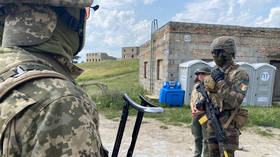
Read more
While the Polish request to enter the NATO nuclear sharing arrangement was not publicly addressed during the Vilnius Summit, the NATO communique issued at its conclusion hinted at what the future may look like for both Poland and the NATO nuclear deterrent. NATO, the communique noted, “will take all necessary steps to ensure the credibility, effectiveness, safety and security of the nuclear deterrent mission. This includes continuing to modernize NATO’s nuclear capability and updating planning to increase flexibility and adaptability of the Alliance’s nuclear forces, while exercising strong political control at all times. The Alliance reaffirms the imperative to ensure the broadest possible participation by Allies concerned in NATO’s nuclear burden-sharing arrangements to demonstrate Alliance unity and resolve.”
While it is unlikely that either the US or NATO will, in the future, accede to the Polish Prime Minister’s request to station US B-61 bombs on Polish soil, the NATO communique appears to pave the way for Poland’s F-35A fleet to be integrated into the pool of aircraft available to NATO to deliver those bombs if a nuclear conflict were to ever break out between NATO and Russia. While the alliance may view such an outcome as contributing to the viability of the NATO nuclear deterrent, the reality is all it does is guarantee that Russia will be compelled to view every F-35A in the NATO arsenal as a potential nuclear threat going forward and to adjust its own response accordingly. This puts NATO and Russia closer to the possibility of nuclear conflict, an outcome no rational actor could ever view as contributing to the collective peace and security of Europe.
The statements, views and opinions expressed in this column are solely those of the author and do not necessarily represent those of RT.




